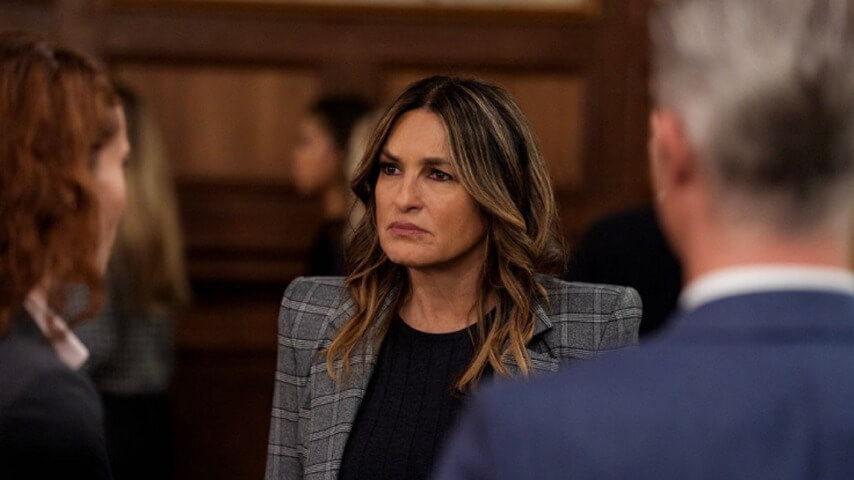One of the basic TV assumptions of the digital age—for all that various networks and streamers will occasionally try to quibble, or possibly Quibi, with it—is that TV shows are pretty much the same, regardless of whether you’re watching them on linear TV or catching up the next day on streaming. We can argue about release strategies—looking at you, The Paper—but you can at least be reasonably confident that, wherever or however you’re watching a show, the material itself will be the same.
Unless you happened to be watching Law & Order: SVU this week, anyway. As noted by Entertainment Weekly, NBC and its streaming compatriot Peacock decided to test that basic idea with the most recent installment of the Mariska Hargitay-fronted series, sticking two very tonally different endings on the episode, depending on whether viewers were watching on regular TV or streaming. In Peacock-land, audiences got seeming confirmation that a new detective character couldn’t be trusted by our good friend Olivia Benson, while in the NBC version, this scene was cut, and replaced with one where Hargitay’s character is informed that her old pal Elliot Stabler is in the hospital. Both episodes featured material that didn’t appear in the other.
EW notes that NBC hadn’t responded to requests for comment on the change, but the motives are pretty obvious: The broadcast version of the episode was teeing up the episode of Christopher Meloni’s Law & Order: Organized Crime that was set to air immediately afterward, which featured Hargitay in a guest role. (Making the whole situation—and the shows’ timelines—more complicated is the fact that the Organized Crime episode in question actually aired on Peacock back in April, but is now being rolled out for a broadcast version on NBC.) The producers on the series apparently decided broadcast viewers would benefit more from the crossover push, while those watching on streaming would get an ending focused on SVU‘s own story this season.
This isn’t the first time networks have played around with different formats like this—your humble Newswire writer got to be very confused when What We Do In The Shadows ran fully three different versions of a fantasy scene in its series finale last December, for instance—but it is kind of wild to see SVU playing with the building blocks of what’s presumably going to be a long-running plotline in this way. You can argue that this won’t matter in a week, when the streaming version will be the only one easily available for viewers, allowing late-arriving watchers to focus on the show’s own plot instead of the cross-promotion. But in the moment, it makes for a weirdly fluid approach to what are presumably important storytelling moments for a network staple.







































